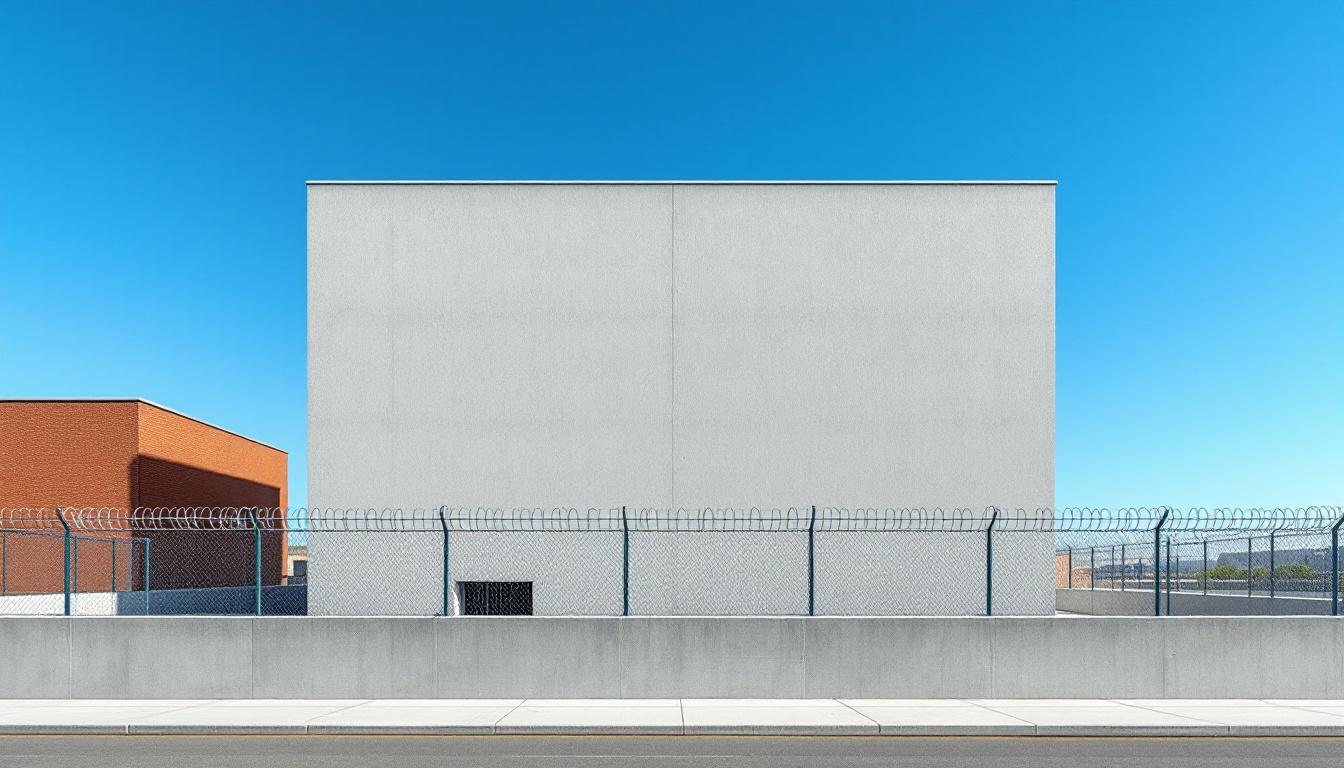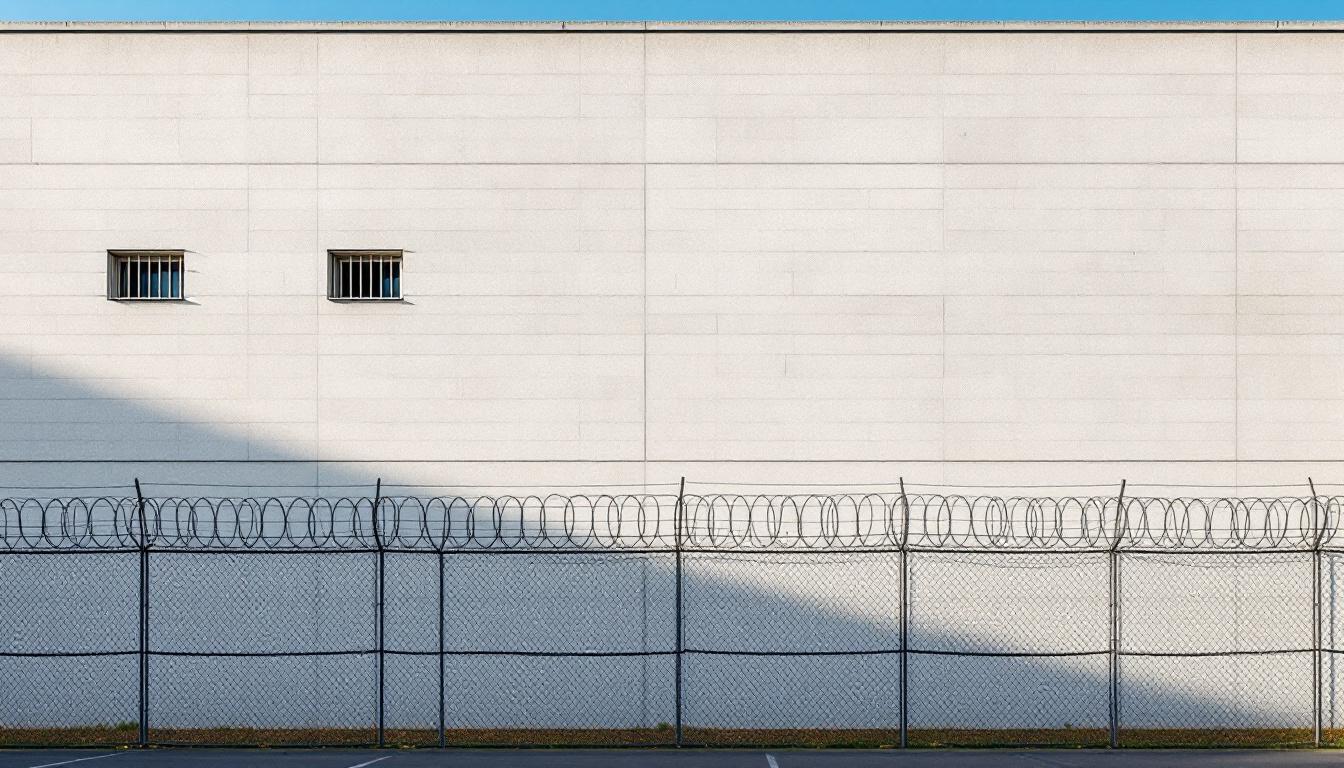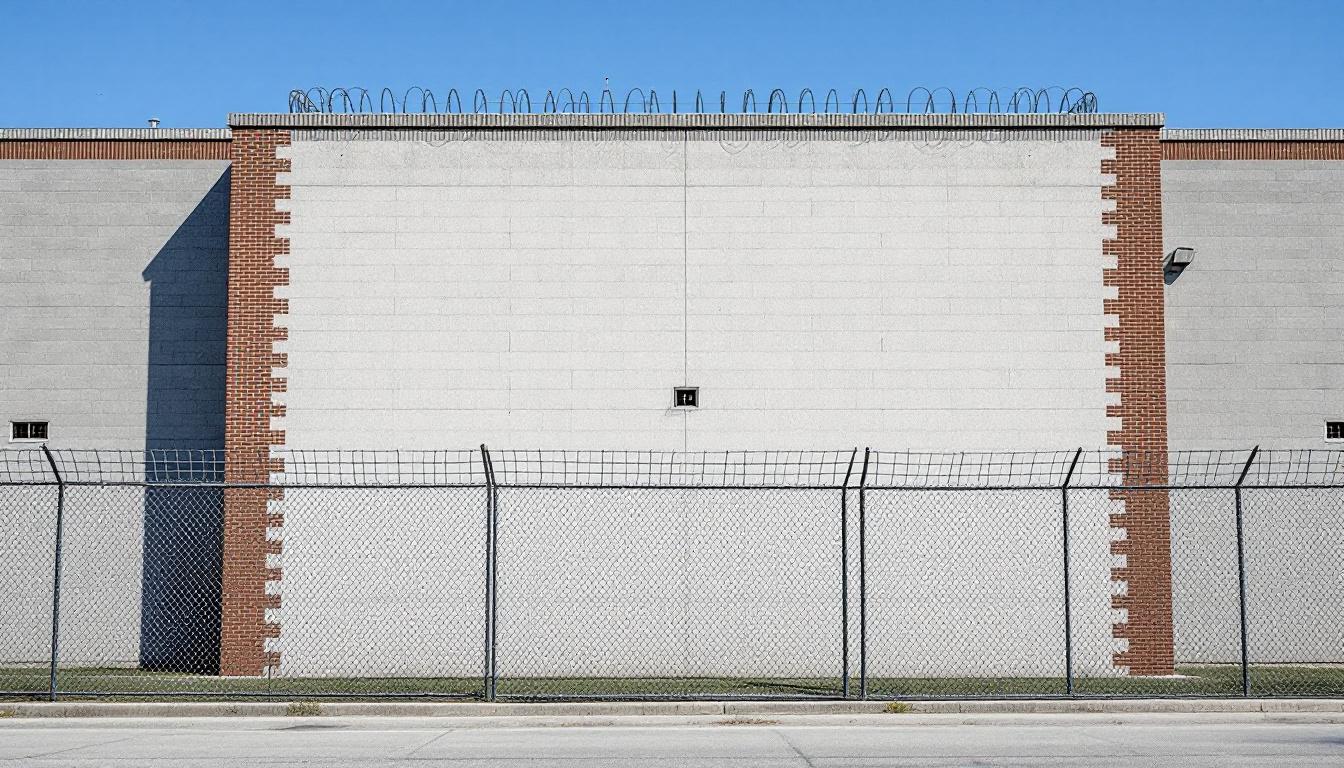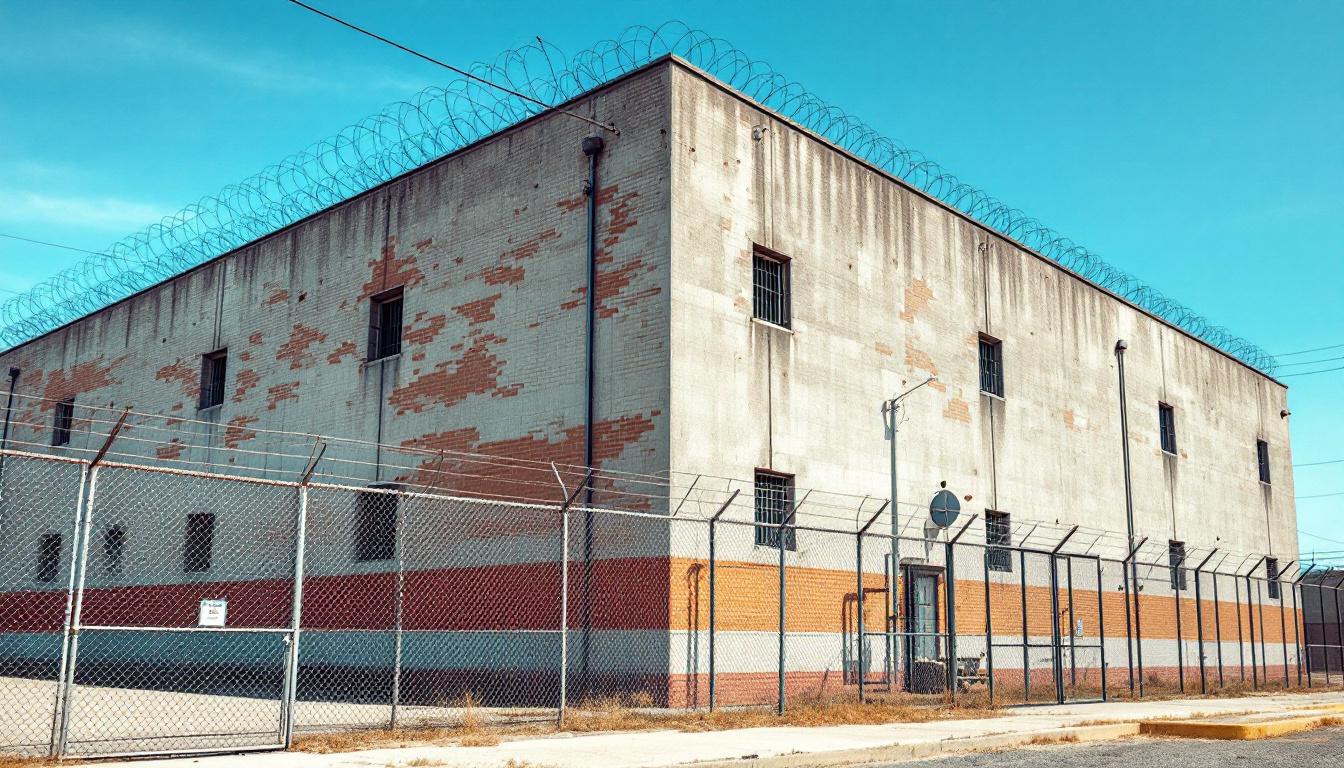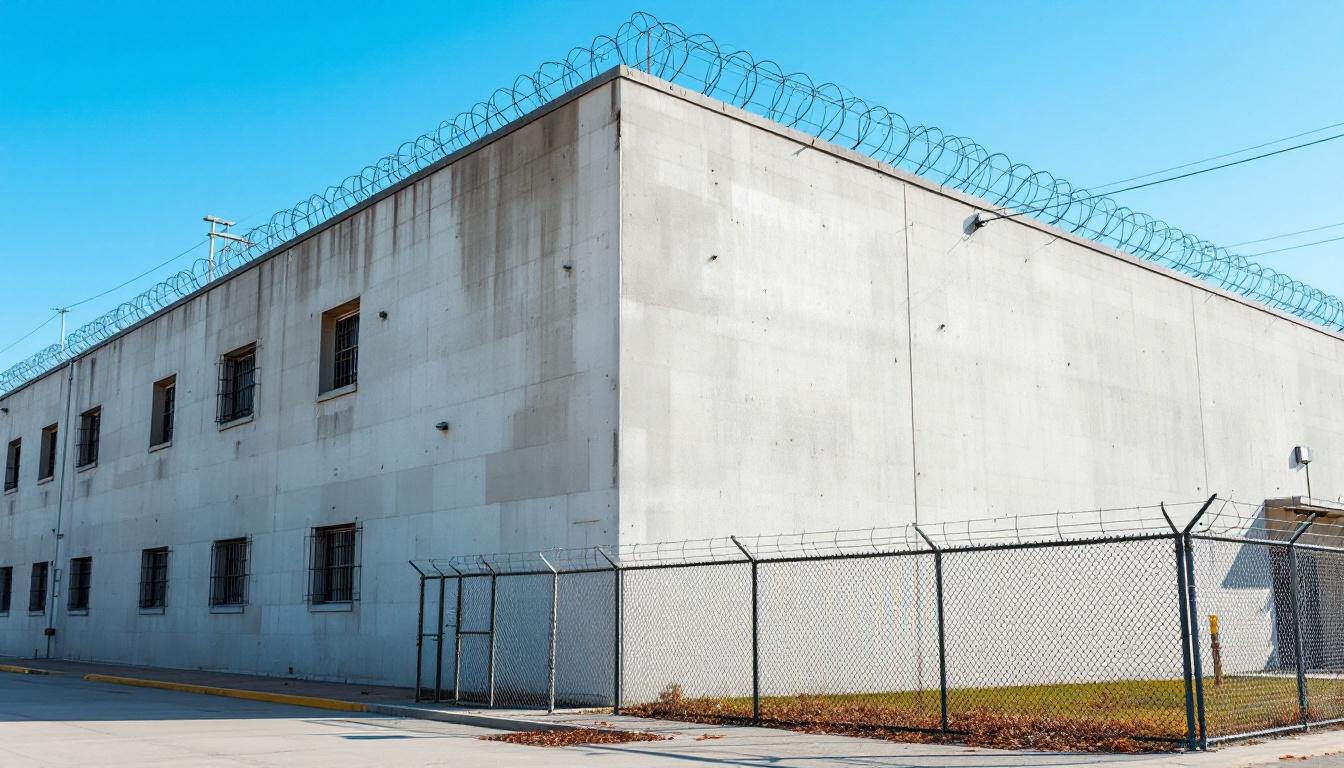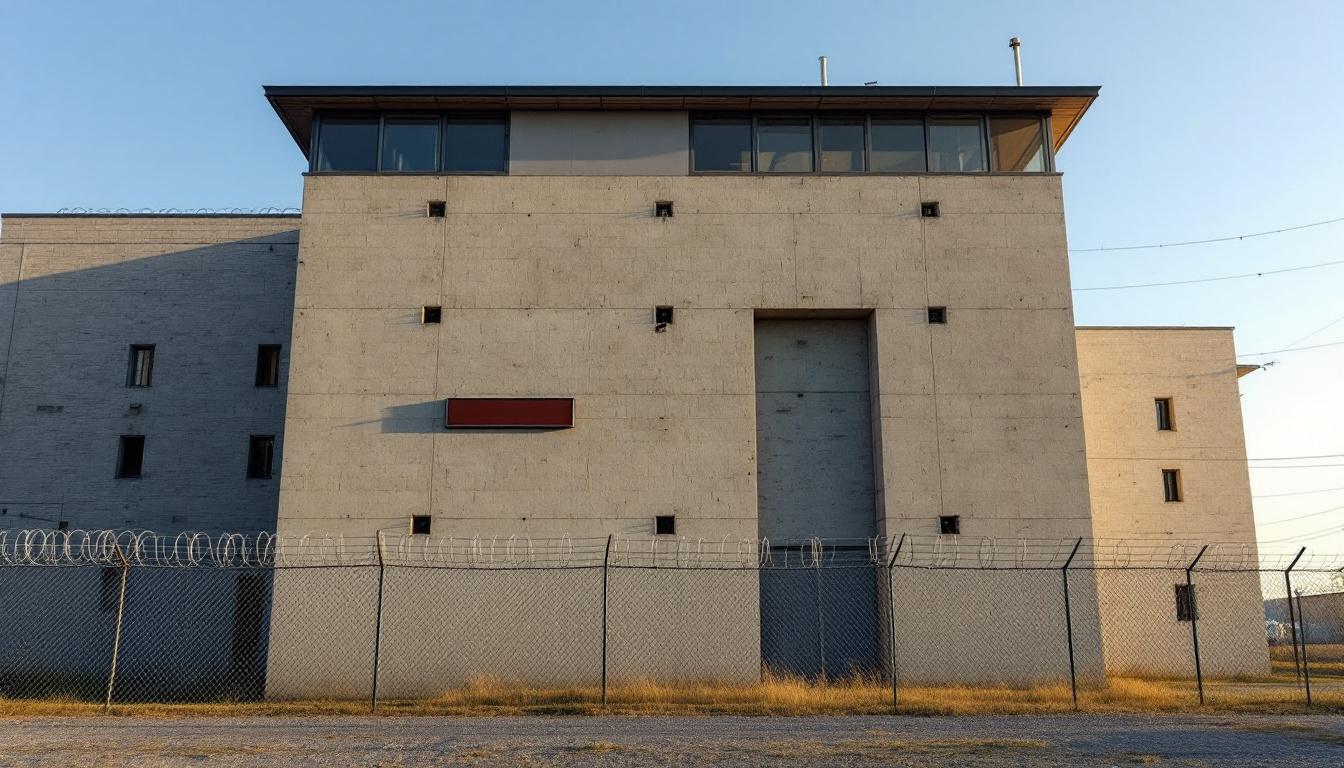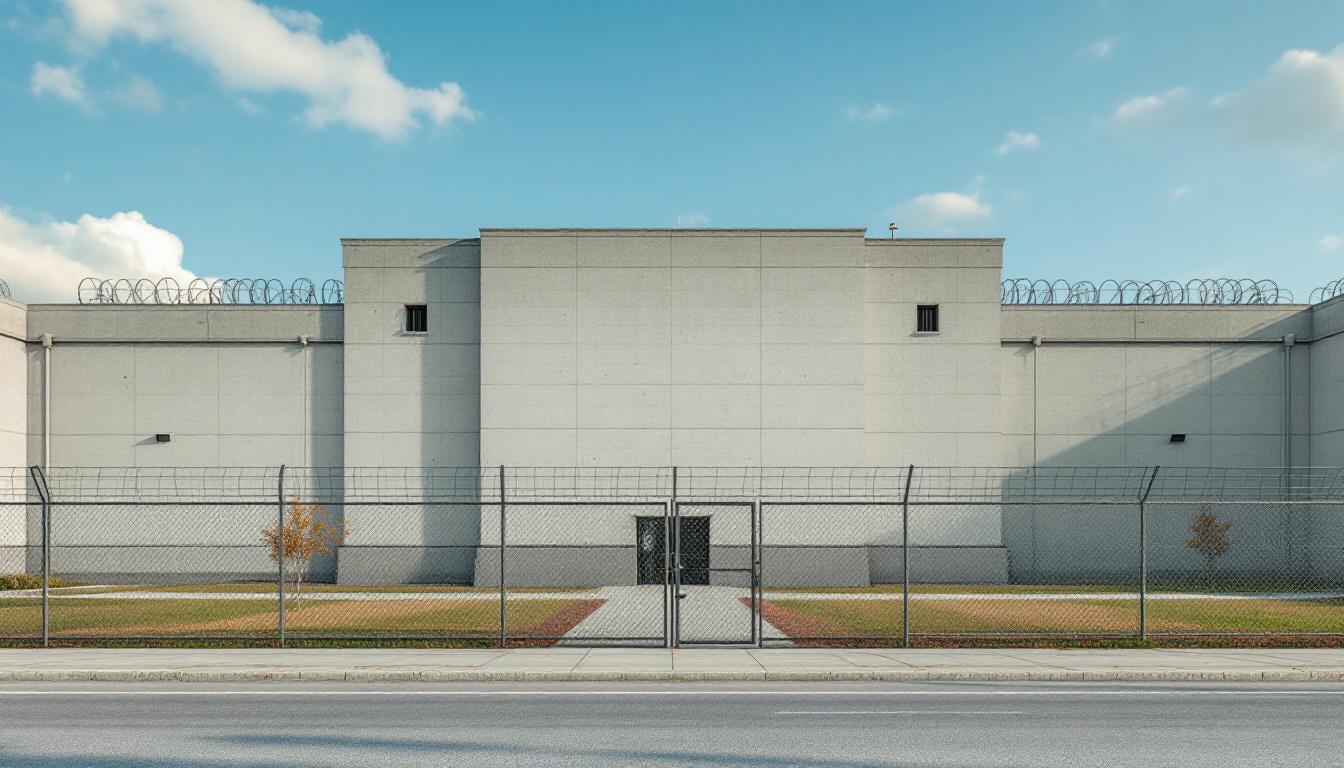
Quick Navigation
How to contact an inmate at MRDCC
This comprehensive guide will walk you through how to connect with an inmate at MRDCC. Follow the steps below to find an inmate and send letters and photos:
- Search for the inmate using our search tool below
- Create your account or log in to Penmate
- Write your message (up to 6,000 characters)
- Send instantly - inmates receive printed copies daily
Find an Inmate
Search for an inmate to start communicating today
Tip: You can search by first name, last name, or inmate ID number
To contact a person at MRDCC start by searching for the person on the official facility website. Perform a search by following these steps:
- Step 1: Enter their first name and last name into the search form and click "Search"
- Step 2: Locate their inmate record
- Step 3: Write down their Inmate ID and any housing information provided
Important! Be sure to enter the person's full name. Nicknames should not be used.
How to Send Messages to Inmates

You can use your phone or computer to send emails, letters, and photos to an inmate. Messages are sent electronically to inmate tablets or kiosks at the facility. If you would like to send a message, start by searching for an inmate at MRDCC.
Sending Photos and Postcards

A great way to send love and support to a loved one at MRDCC is to send photos and postcards. It only takes a few minutes to send photos from your phone and it makes a huge difference. You can also mail postcards with words of support and inspiration, or design your own postcard for special moments like birthdays and holidays.
Important! Be sure not to send any explicit photos or they may not be approved by the facility. You can also use a photo printing app like Penmate to make sure your photos are printed at the correct size (4x6 or 3x5) and are mailed according to the rules and regulations of MRDCC.
Frequently asked questions about MRDCC
-
How long does it take to deliver a message?
If you're sending an email message your letter is usually delivered within 24-48 hours. For messages sent via mail you should expect delivery within 3-7 days. All messages will need be approved by MRDCC.
-
How much does it cost to send a message to MRDCC?
You can send a message free using your phone or mail a message via USPS for the price of a $0.60 stamp and envelope. You can also purchase credits or e-stamps from services starting at $1.99.
-
What services can I use to contact an inmate at MRDCC?
Penmate
You can use Penmate to send letters and photos to an inmate from your phone. It's an easy way to stay in touch during your loved one's incarceration. Use the inmate locator to find an inmate's location and contact information, then you can send messages within a few minutes.
Securus messaging
Securus may be another option for communicating with an inmate at MRDCC. You can create a friends and family account and purchase credits to send messages. All messages will be reviewed and must be approved by the facility.
JPay
Some county jails and state prisons may support sending messages with JPay. You must register an account with the system, find your loved one, and purchase stamps to send messages. For some locations you can also attach photos.
Smart Jail Mail
You may also check if Smart Jail Mail is available at MRDCC. Smart Jail Mail is operated by Smart Communications and has contracted with some state and county jails. After purchasing credits, your messages and photos are sent to the facility, printed out, and then handed out to your loved one.
-
What is the mailing address of MRDCC?
Mailing address:
MRDCC
550 E Madison St
Baltimore, MD 21202
Phone: (410) 878-3500 -
What are the visiting hours at MRDCC?
Visiting hours at MRDCC vary by housing unit and security level. Generally, visits are scheduled on weekends and holidays, with some facilities offering weekday visits. Contact the facility directly at (410) 878-3500 or check their website for the current visiting schedule. Visits typically last 30-60 minutes and must be scheduled in advance.
-
What items are prohibited when sending mail to MRDCC?
Prohibited items typically include: cash, personal checks, stamps, stickers, glitter, glue, tape, staples, paperclips, polaroid photos, musical or blank greeting cards, hardcover books, magazines with staples, and any items containing metal or electronics. Only send letters on plain white paper with blue or black ink. Photos must be printed on regular photo paper (no Polaroids). Always check with MRDCC for their specific mail policies.
-
How do I send money to an inmate at MRDCC?
You can send money to an inmate at MRDCC through several methods: 1) Online using JPay, Access Corrections, or the facility's approved vendor, 2) Money orders mailed directly to the facility with the inmate's name and ID number, 3) Kiosks located in the facility lobby, or 4) Over the phone using a credit or debit card. Fees vary by method, typically ranging from $2.95 to $11.95 per transaction.
-
Can I schedule a video visit with an inmate at MRDCC?
Many facilities now offer video visitation as an alternative to in-person visits. At MRDCC, video visits may be available through services like Penmate, Securus Video Connect, GTL, or ICSolutions. Video visits typically cost $10-20 for 20-30 minutes and must be scheduled in advance. You'll need a computer or smartphone with a camera and reliable internet connection. Contact the facility for their specific video visitation policies and approved vendors.
-
What identification do I need to visit an inmate at MRDCC?
All visitors must present valid government-issued photo identification such as a driver's license, state ID, passport, or military ID. Minors must be accompanied by a parent or legal guardian who can provide the minor's birth certificate. Some facilities require visitors to be on the inmate's approved visitation list, which may require a background check. Contact MRDCC for specific ID requirements and visitor approval procedures.
-
How can I find out an inmate's release date?
To find an inmate's release date at MRDCC, you can: 1) Use the online inmate search tool if available, 2) Call the facility's records department, 3) Contact the inmate's case manager or counselor, or 4) Have the inmate provide this information during a call or visit. For privacy reasons, some facilities only release this information to immediate family members.
Facility Overview
Official Website
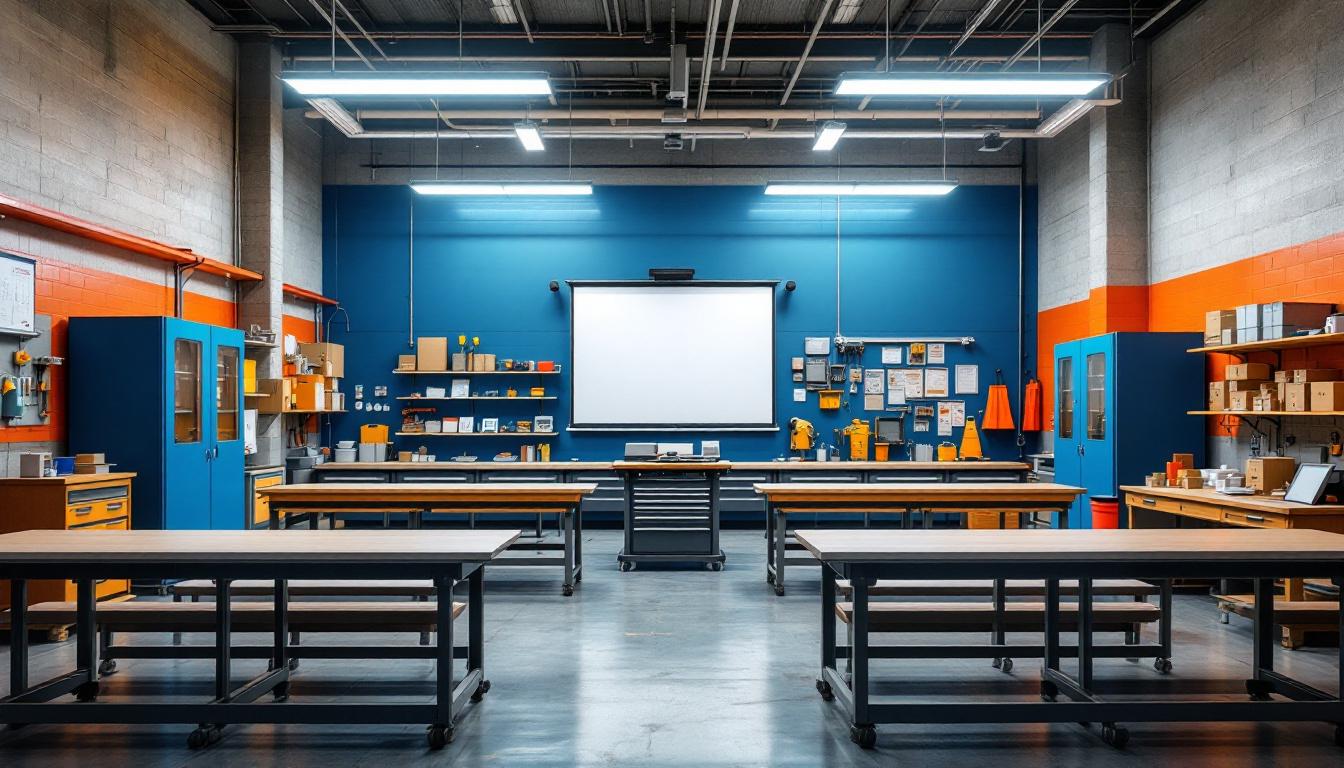
About MRDCC
Baltimore's communities have long recognized the importance of second chances and meaningful rehabilitation, values that shape how MRDCC approaches its mission within Maryland's correctional system. This MD correctional facility operates with a clear understanding that effective programs today create safer neighborhoods tomorrow, emphasizing comprehensive support systems that address the diverse needs of those in its care.
Throughout its operational history, MRDCC has typically maintained a focus on practical rehabilitation approaches that reflect Baltimore's working-class roots and community-oriented culture. The facility generally offers educational programming, vocational training opportunities, and behavioral intervention services designed to help inmates develop skills relevant to the regional job market. These programs often include basic literacy education, GED preparation, and workforce readiness training that may connect to Baltimore's evolving economy in healthcare, logistics, and skilled trades.
As part of Maryland's broader correctional network, MRDCC serves the Baltimore area by providing inmates services that typically encompass mental health support, substance abuse counseling, and reentry planning assistance. The facility's approach to rehabilitation generally emphasizes preparing individuals for successful community reintegration, with programming that may include family reunification support and connections to local social services. This correctional facility works within the state's framework to ensure that those who return to Baltimore communities have access to the tools and support systems necessary for building productive, law-abiding lives.
Programs & Services
Personal growth and skill development form the cornerstone of rehabilitation services at MRDCC, where inmates have access to comprehensive programming designed to address individual needs and prepare them for successful community reintegration. The facility typically emphasizes a holistic approach that recognizes education, vocational training, and therapeutic support as interconnected elements essential for meaningful change. Through structured programming, inmates may develop both practical skills and personal insights that contribute to long-term behavioral transformation.
Educational services often include literacy programs that help inmates improve fundamental reading and writing abilities, while broader education programs may provide opportunities for academic advancement and cognitive skill development. In addition to this, vocational training services typically focus on marketable trades, with welding programs frequently offered to provide hands-on experience in a high-demand field. These vocational services may include both classroom instruction and practical workshops that allow inmates to develop technical competencies while building confidence in their abilities.
Therapeutic services typically address underlying issues that may have contributed to criminal behavior, offering inmates tools for emotional regulation and healthy decision-making. Physical fitness programs often provide structured opportunities for maintaining health and developing discipline, while peer support groups may create environments where inmates can share experiences and learn from one another. These support services frequently emphasize personal accountability and community building, helping participants develop the social skills and emotional resilience necessary for successful reentry into society.
Daily Life & Visitation
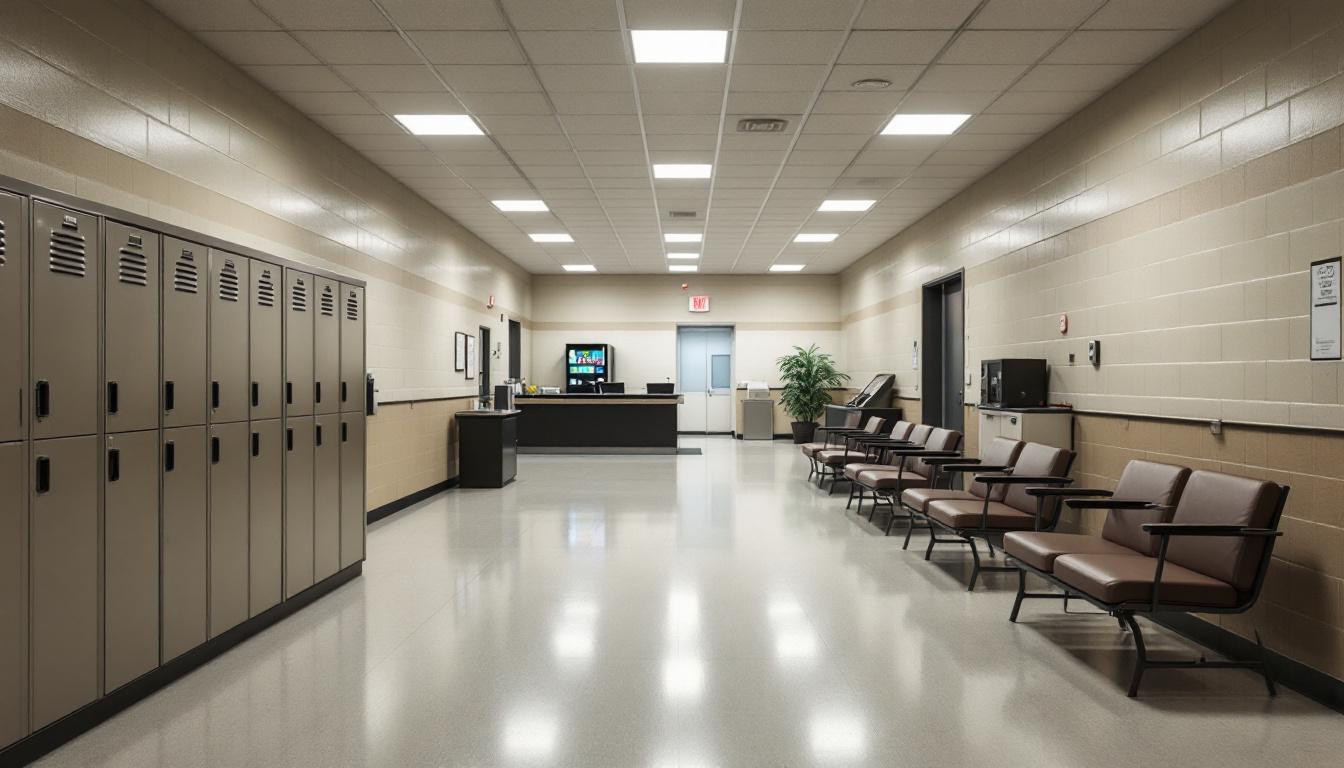
The housing units at Maryland Reception, Diagnostic and Classification Center create a structured environment where inmates navigate daily routines within secure dormitory-style accommodations. At present, inmates actively participate in scheduled activities that begin early in the morning with count procedures and meal service. The facility typically operates on a regimented schedule that provides predictable structure throughout each day, helping residents adapt to institutional life through consistent routines and expectations.
Living accommodations generally consist of shared housing units where inmates are assigned beds and limited personal storage space. Meals are served in designated dining areas at scheduled times, with inmates moving in supervised groups to and from the cafeteria. Personal property is typically restricted to approved items that can be stored in small lockers or containers. In addition to this basic structure, inmates may access commissary services to purchase approved personal items and snacks, which helps supplement their daily needs and provides some degree of personal choice within the institutional setting.
Despite this controlled environment, the facility often provides recreational opportunities that may include outdoor exercise periods, television viewing in common areas, and access to reading materials. Work assignments are typically available and provide inmates with daily responsibilities that may include food service, maintenance duties, or facility cleaning tasks. Programming schedules usually incorporate educational opportunities and counseling sessions designed to support rehabilitation goals. Family connections remain important through scheduled visitation periods and telephone privileges, allowing inmates to maintain contact with their support systems while adapting to their temporary placement at the facility.
Ready to Connect?
Start communicating with your loved one today
Search for an Inmate
